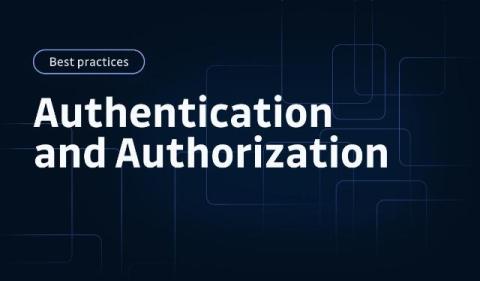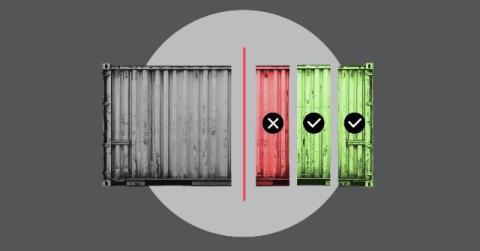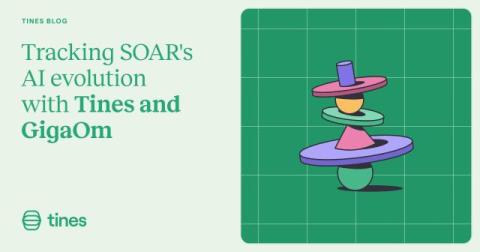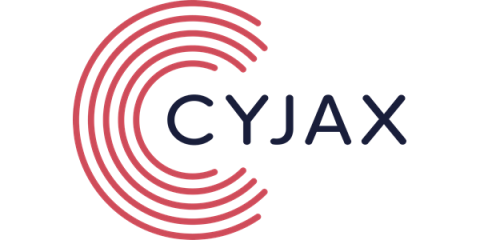Tackling the New CIS Controls
In the early part of 2024, the Center for Internet Security (CIS) released the latest version of the well-respected Critical Security Controls (CSC). The new version, 8.1, adds contours to the prior versions, making it more comprehensive and timely in today’s challenging cybersecurity environment.











